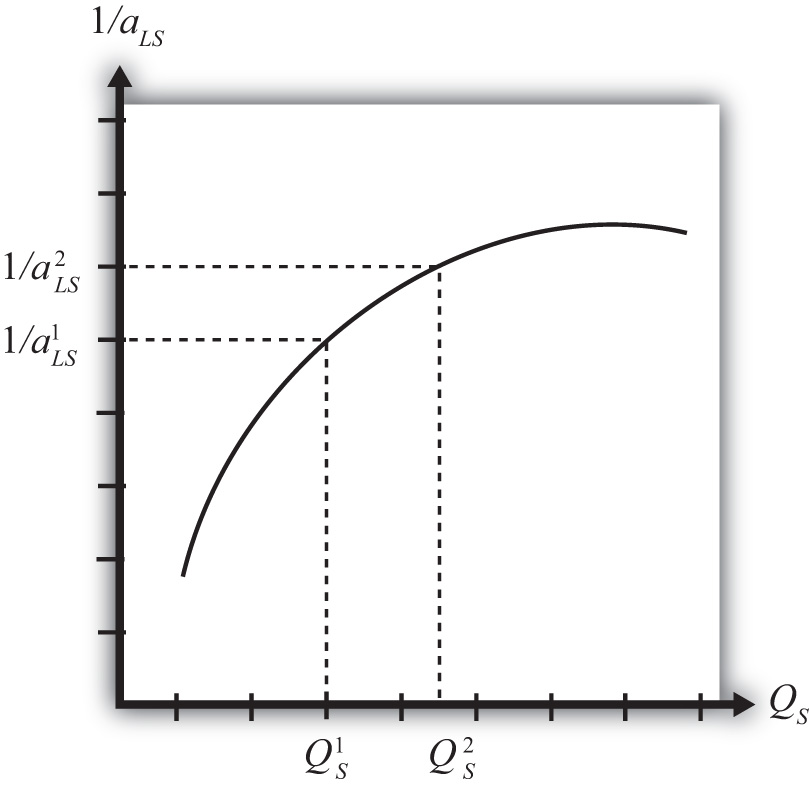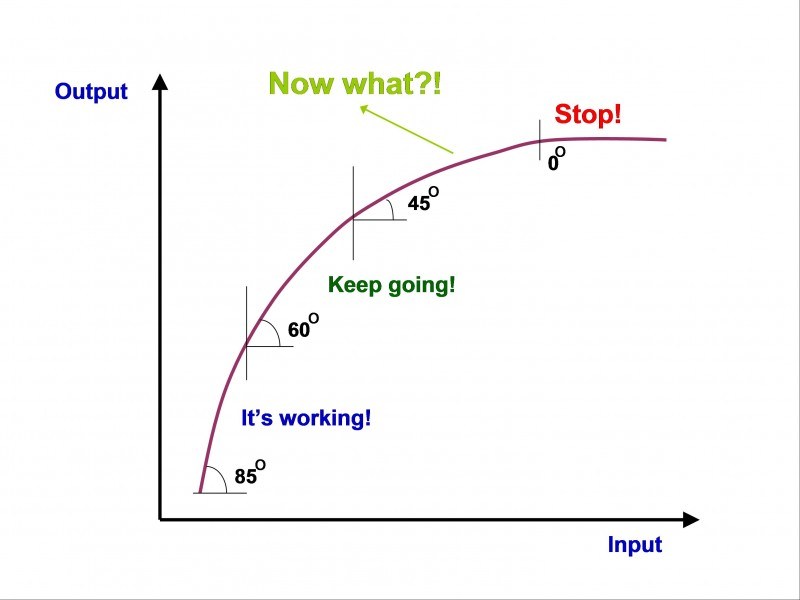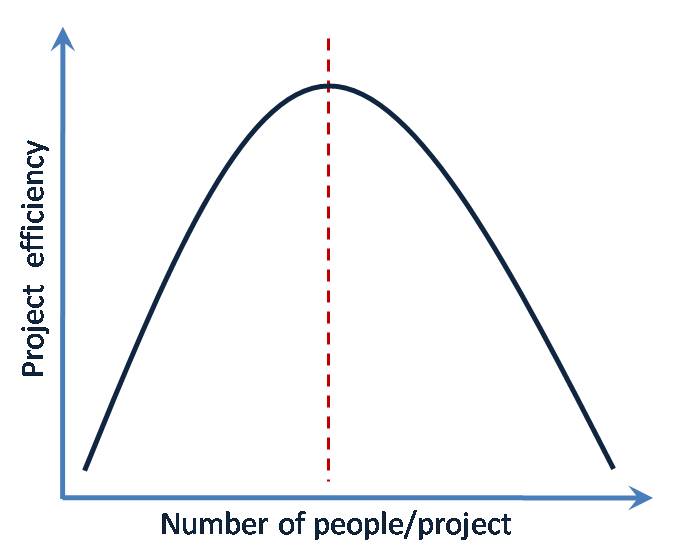Difference between Diminishing Returns and Decreasing Returns to Scale

Diminishing returns and decreasing returns to scale are two of the most important concepts in economic studies. The former is referred to a position at which the firm faces a decrease in per unit production because of using an additional unit of input of one factor of production while the others stay constant. On other hand, decreasing returns to scale is a situation at which a firm increases its inputs of all the factors of production, but witnesses a lesser proportionate increase in its output as compared to the additional units of inputs.
Instructions
-
1
Diminishing returns
It is defined as a decline in per unit production as a result of adding one unit of input of one factor of production while keeping others unchanged. It is also commonly referred to as law of diminishing marginal returns in economics which states that an additional unit of input in one factor of production results in a decline in the per unit production if the remaining factors are not changed. Even though, it seems vague how an addition in a unit of input can result in a lower output, but the example will help to create more profound understanding. Let’s suppose there is a firm which is engaged in the production of cars. It manufactures a car with the help of four labourers. It has hired more labourers and has allocated 8 labourers to assemble one car while it doesn’t increase the input in any other factor of production. Although, the total output may increase due to the addition unit of input. However, the marginal output will decrease because of the additional expenses and inefficiencies. In contrast, if the firm increases the level of inputs in all the remaining factors of production instead of only one, it can actually increase the per unit output.
Image courtesy: mahalonottrash.blogspot.com

-
2
Decreasing returns to scale
It is situation at which the proportionate increase in the level of production is lesser than the proportionate increase in the units of inputs of all the factors of production. For example, suppose a firm has increased its labour from 5 to 10, land from 50 square feet to 75 square feet and invested additional capital of 2,000. Although, it has achieved a certain level of increase in its production, but the increase is lesser in proportion as compared to the increase in inputs.
Image courtesy: otceconomics.edublogs.org








